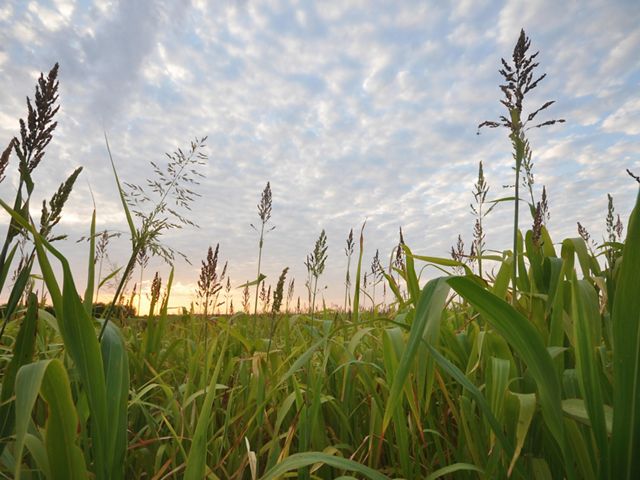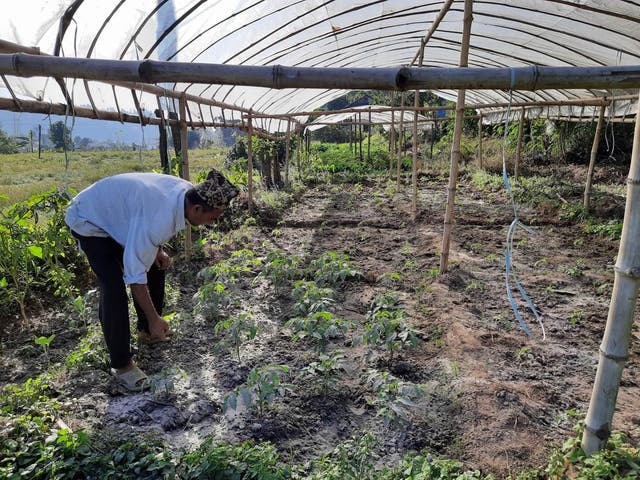Aquaponics, aquaponics farming or aquaponics gardening is a symbiotic approach for growing plants and fish in a healthy, all-natural yet soilless or close to soilless environment for the advantage of everyone and every little thing involved. Not only will it produce healthy and balanced, tasty vegetables and fruits for your table, you can additionally select to gather the fish, an excellent as well as healthy and balanced protein resource to complement the plants in your diet plan. It depends on you whether you would certainly favor the fish as animals or food, or a little of both.
The concept of aquaponics is straightforward: grow plants, fruit and vegetables in hydroponic conditions without chemicals by raising fish to provide the nutrients for the plants instead. Although the term “aquaponics” is recent as well as modern practices obtain mainly from study conducted in the 1960s, integrated farming of one kind or an additional is probably as old as farming itself and might have developed from the monitoring of cooperative systems in nature. Whatever its origins, incorporated farming has been exercised in Southeast Eastern rice paddies for hundreds of years. Fish in the rice fields assist give the nutrients for the expanding crops and also subsequently the plants aid keep the water tidy for the fish.
Another instance originates from the Americas: residing on the shores of Lake Techotitlan and also in dire need of cultivatable lands, the ancient Aztecs of Mexico created a technique to expand crops on drifting rafts in close to soilless conditions. Nutrient rich dirt was dredged up from the lake bottom and also spread on the boatings where the plants would certainly grow. As the seeds developed right into plants, their roots would certainly permeate with the soil and also the reed boatings to the lake below where the fish abounded. Essentially the Aztecs were practicing massive aquaponics making use of the natural resources handy.

Hydroponics:
What concerning hydroponics you ask? Modern hydroponics can be mapped to 17th century Europe but there are arguments for much earlier origins.
The Aztec example reviewed in the previous section is frequently mentioned as a very early type of hydroponic farming, as well as it is a good example in the feeling that the Aztecs were practicing near soilless farming, drawing nutrients directly from the water. The hydroponic element, in this instance, was the plant subsystem. Various other, more old examples that are typically pointed out are the “dangling” yards of Babylon, which are thought to have actually been fed with water drawn from the Euphrates river below.
The concept is that some system was utilized to carry the water to the top of the gardens and the entire system was sprinkled using a plunging or flow down approach to feed every plant in the chain. There is a catch, nevertheless, the system was not soilless or “hanging”, according to descriptions by old authors (Diodorus Siculus, Strabo, Quintus Curtius Rufus, Philo of Byzantium). There may have been less dirt than would certainly happen in all-natural problems but the summaries make the balconies seem even more like gigantic tipped planters with over hanging plants than hydroponic systems.
Ancient Egyptian hieroglyphics obviously define the procedure of growing plants in water but there does not seem much info outlining what the process was specifically. Occasionally first century Roman Emperor Tiberius is attributed with making use of hydroponic strategies to grow cucumbers out of season in proto environment-friendly residences. This might be a disagreement for very early greenhouses, but was it soilless?
Lastly, 13th century adventurer and trader Marco Polo came back from his journey to the Far East asserting to have actually seen plants growing on floating beds in China. It is not unlikely but whether this was an example of “pure” hydroponics or some type of aquaponics modern technology comparable to that of the Aztecs, is vague. As we have seen the Chinese as well as various other much eastern cultures were well familiarized with integrated farming as well as horticulture.
All of this being stated, and despite the scanty proof, it would certainly be extremely shocking certainly if ancient cultures had not explore expanding plants in water or on water; instances of untethered, naturally floating plants are found in nature, why would not they have tried it? The most effective evidence does show up to show, however, that the more successful versions more than likely involved some kind of aquaponics or incorporated farming principles. Learn the difference between hydroponics vs soil in this link.

